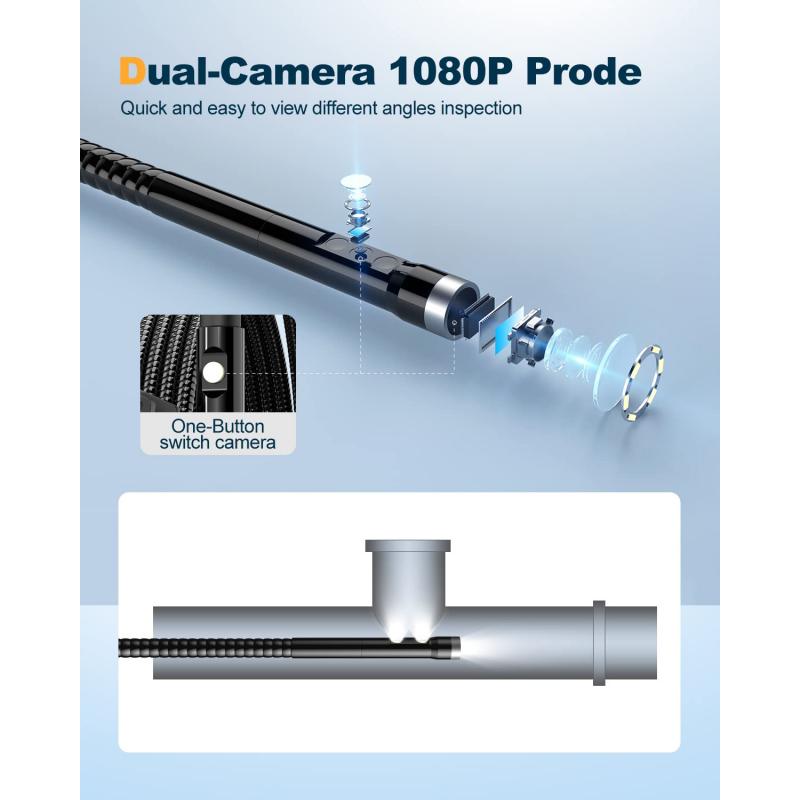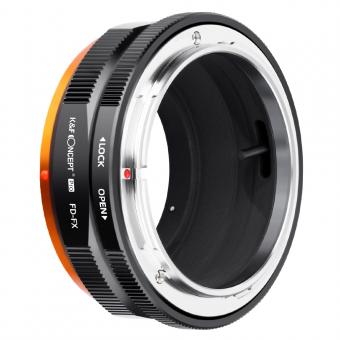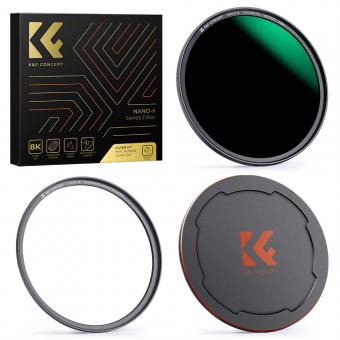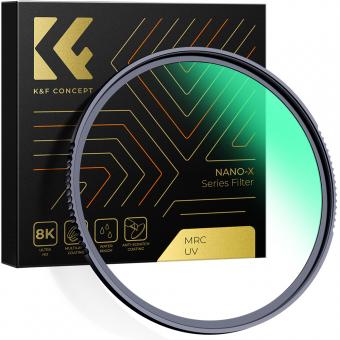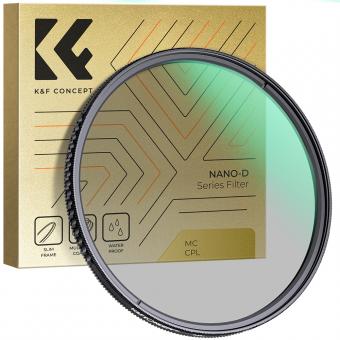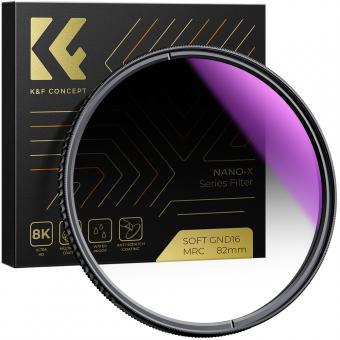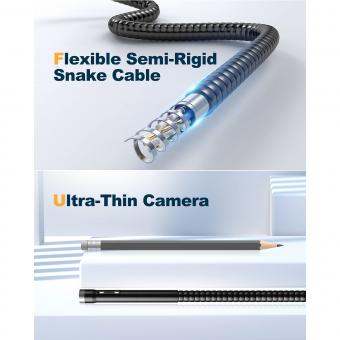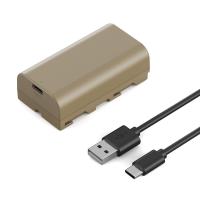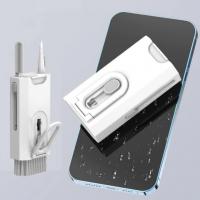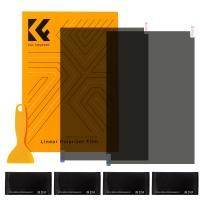What Is Endoscopic Facelift ?
Endoscopic facelift is a minimally invasive surgical procedure that uses an endoscope, a thin tube with a camera and light attached to it, to lift and tighten the facial tissues. The endoscope is inserted through small incisions made in the scalp and the skin is lifted and repositioned to create a more youthful appearance. This procedure is less invasive than traditional facelift surgery and has a shorter recovery time. It is often used to address sagging skin, wrinkles, and other signs of aging in the mid-face and upper neck areas. The results of an endoscopic facelift can last for several years, but may not be as dramatic as those achieved with a traditional facelift. It is important to consult with a qualified plastic surgeon to determine if an endoscopic facelift is the right option for your individual needs and goals.
1、 Endoscopic surgery
Endoscopic facelift is a minimally invasive surgical procedure that uses an endoscope, a small camera attached to a thin tube, to perform the surgery. The endoscope allows the surgeon to see inside the body without making large incisions, which reduces scarring and recovery time. During the procedure, small incisions are made in the hairline and behind the ears, and the endoscope is inserted to visualize the underlying tissues. The surgeon then uses specialized instruments to lift and reposition the facial muscles and tissues, creating a more youthful and refreshed appearance.
Endoscopic facelifts have become increasingly popular in recent years due to their minimally invasive nature and ability to produce natural-looking results. The procedure is particularly effective for patients who have mild to moderate signs of aging, such as sagging skin and wrinkles, and want to avoid the more extensive surgery and longer recovery time associated with traditional facelifts.
While endoscopic facelifts are generally considered safe and effective, like any surgical procedure, there are risks involved. These can include bleeding, infection, and nerve damage. It is important for patients to carefully consider the risks and benefits of the procedure and to choose a qualified and experienced surgeon.
In conclusion, endoscopic facelift is a minimally invasive surgical procedure that uses an endoscope to perform the surgery. It is a safe and effective option for patients who want to achieve a more youthful and refreshed appearance without the extensive surgery and longer recovery time associated with traditional facelifts.
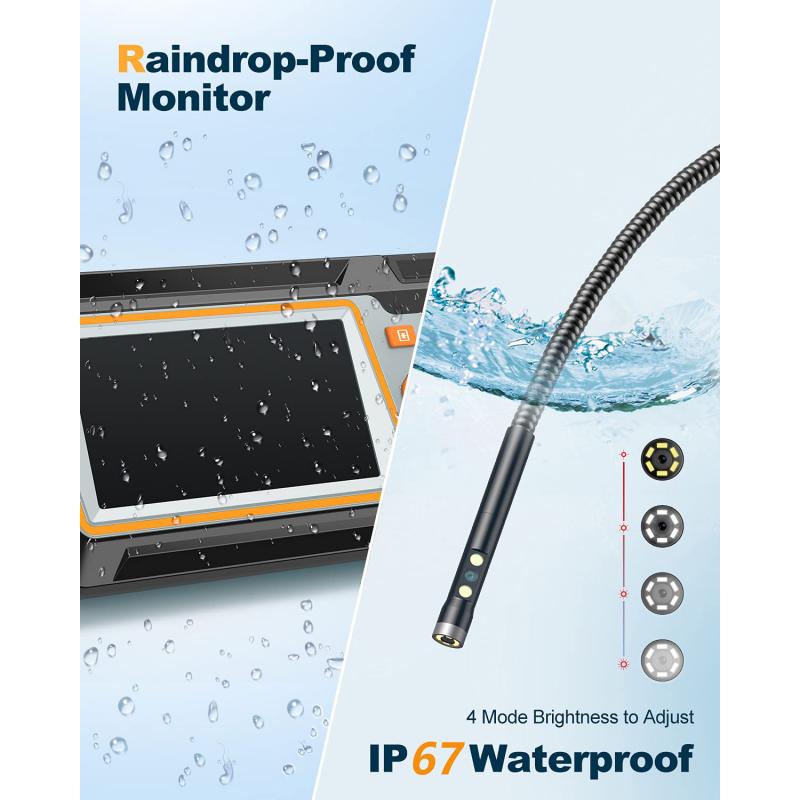
2、 Facelift techniques
What is endoscopic facelift?
Endoscopic facelift is a minimally invasive surgical procedure that uses an endoscope, a small camera attached to a thin tube, to lift and tighten the facial tissues. This technique allows the surgeon to make smaller incisions and use smaller instruments, resulting in less scarring and a quicker recovery time compared to traditional facelift surgery.
During the procedure, the surgeon makes small incisions in the hairline and inserts the endoscope to visualize the underlying facial structures. The surgeon then uses small instruments to lift and reposition the facial tissues, removing excess skin and tightening the remaining skin.
Endoscopic facelift is a popular option for patients who want to achieve a more youthful appearance without the extensive downtime and scarring associated with traditional facelift surgery. It can address sagging skin, wrinkles, and other signs of aging in the midface, lower face, and neck.
Facelift techniques have evolved over the years, with endoscopic facelift being one of the latest advancements. Other techniques include traditional facelift surgery, mini facelift, and thread lift. Each technique has its own benefits and drawbacks, and the choice of technique depends on the patient's individual needs and goals.
Overall, endoscopic facelift is a safe and effective option for patients seeking a minimally invasive approach to facial rejuvenation. It can provide natural-looking results with minimal scarring and downtime.

3、 Minimally invasive surgery
Endoscopic facelift is a minimally invasive surgical procedure that is used to rejuvenate the face by lifting and tightening the skin and underlying muscles. This procedure involves the use of an endoscope, which is a small camera that is inserted through tiny incisions in the skin. The endoscope allows the surgeon to see the underlying structures of the face without making large incisions.
During the procedure, the surgeon will make several small incisions in the hairline and behind the ears. The endoscope is then inserted through these incisions, and the surgeon uses it to visualize the underlying structures of the face. The surgeon will then use specialized instruments to lift and tighten the skin and muscles of the face.
One of the main advantages of endoscopic facelift is that it is a minimally invasive procedure, which means that it involves less scarring and a shorter recovery time than traditional facelift surgery. Additionally, because the procedure is less invasive, it is generally safer and has fewer complications.
The latest point of view on endoscopic facelift is that it is an effective and safe procedure for rejuvenating the face. However, it is important to note that not everyone is a good candidate for this procedure. Patients who have significant skin laxity or excess fat may require a more extensive surgical procedure to achieve the desired results. Additionally, patients should have realistic expectations about the outcome of the procedure and be willing to follow the post-operative instructions provided by their surgeon.
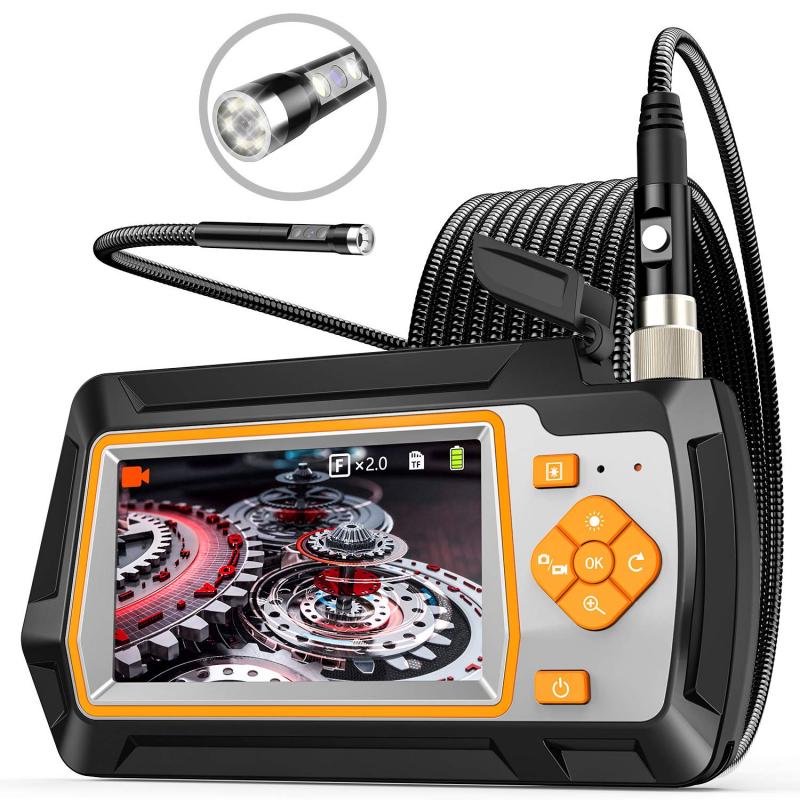
4、 Cosmetic surgery
What is endoscopic facelift? An endoscopic facelift is a minimally invasive cosmetic surgery procedure that uses an endoscope, a small camera attached to a thin tube, to lift and tighten the skin on the face and neck. The endoscope allows the surgeon to see inside the skin without making large incisions, resulting in less scarring and a quicker recovery time compared to traditional facelift surgery.
During the procedure, small incisions are made in the hairline and behind the ears, and the endoscope is inserted to visualize the underlying tissues. The surgeon then uses specialized instruments to lift and reposition the muscles and tissues, and excess skin is removed. The result is a more youthful and refreshed appearance.
While endoscopic facelifts have been around for several years, they have gained popularity in recent years due to advancements in technology and techniques. The procedure is less invasive than traditional facelift surgery, making it a more attractive option for those who want to achieve a more youthful appearance without the risks and downtime associated with more invasive procedures.
However, it is important to note that like any cosmetic surgery, an endoscopic facelift carries risks and potential complications. It is important to choose a qualified and experienced surgeon and to have realistic expectations about the results.
